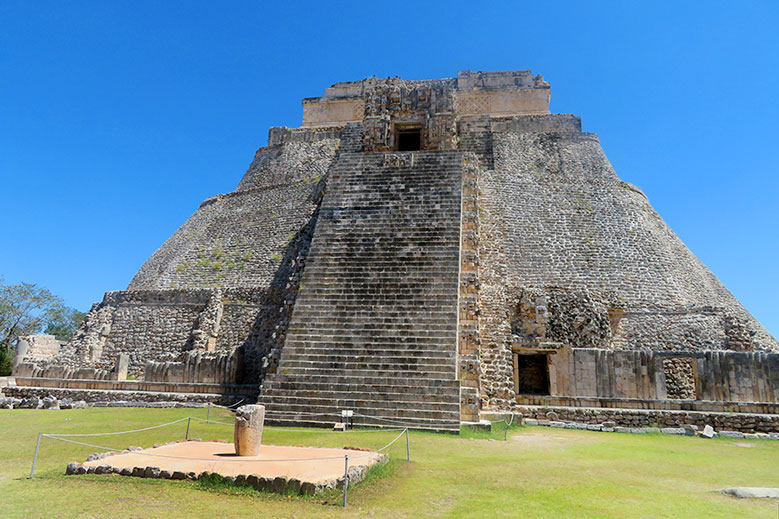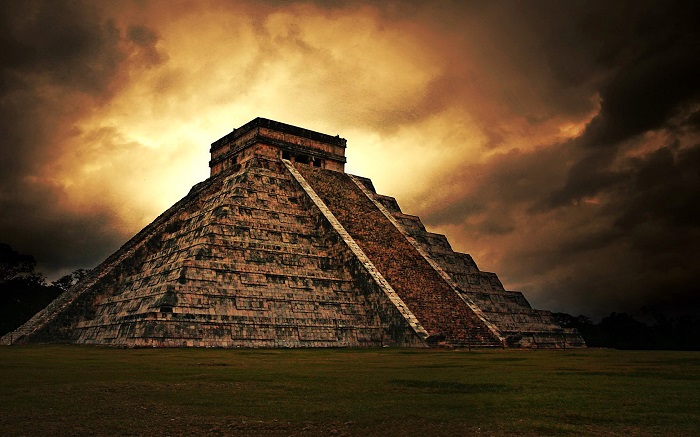
/low-angle-view-of-kukulkan-pyramid-against-blue-sky-during-sunny-day-760298607-59e90240c41244001117e9e8.jpg)
They also used tools using jade, even when jade was considered a valuable material for jewelry. These included very sharp tools made from obsidian. However, they did craft excellent tools from materials naturally found in the Mayan lands. Mayans didn’t have many of the useful tools which were discovered fairly early in other parts of the world, such as the wheel. Such efficient water management critically helped Mayans to survive in the tropical rainforest humid environment. In years when the rainfall was low and the crops didn’t have enough water for harvesting, Mayans would use the water from these reservoirs. The reservoirs were lined with limestone which prevented any water seepage. The reservoirs were located in such a place and built in such a manner that water during rainfall directly reached them. They resolved this problem by creating underground stone reservoirs.

Rainfall in Mayan regions was unpredictable and in a year with low rainfall, Mayans had to face food shortages. Mayan Water Management SystemĬlosely tied with the Mayan agricultural innovations was the Mayan water management system. With the help of all these measures, Mayans were able to grow food enough for populations as huge as 250,000 people in some cities. In hilly areas, Mayans created large terraces for terrace farming. They did this through a combination of using cultivars, making use of techniques which rendered the soil more fertile and effectively utilising rain water.

The region Mayans lived in wasn’t exactly hospitable to agriculture and so, Mayans undertook many innovations in order to grow the sufficient amount of crops they needed. Mayans relied heavily on their annual agricultural produce in order to meet their food needs.


 0 kommentar(er)
0 kommentar(er)
